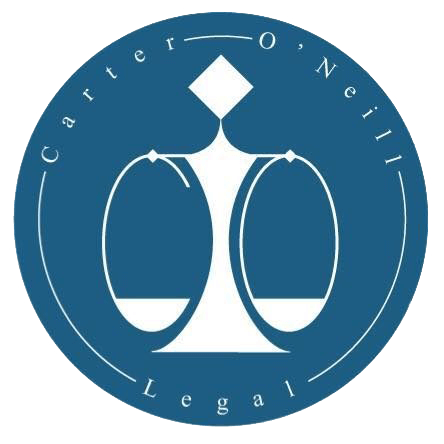Settlement Figures
Selling a Residential Property?
January 10, 2021
Separation And Divorce
January 19, 2021When you sell or purchase a property, calculations are made to ascertain the final amount payable by the purchaser to the vendor on settlement. These figures can also be confusing and subject to enquiries from both the purchaser and vendor.
What is a settlement adjustment sheet?
A settlement adjustment sheet is a reconciliation of the conveyancing transaction which sets out the purchase price, deposit paid and any relevant adjustments.
Adjustments are made as at the date of settlement and is prepared by the purchaser’s representatives and confirmed by all parties.
Payment Directions
Once the figures are agreed, the vendor’s representative will ‘direct’ how the purchaser should draw cheques or on the PEXA platform, enter the banking details of where the cheques are to be paid. For instance, if the property has a mortgage, payment will be required to discharge this mortgage prior to settlement being completed.
Purchasers often become concerned about these directions for payment and question why they are paying other people. In short, it is the vendors settlement monies after all so the purchaser does not need to be concerned about where they are directing these funds to be paid – provided the purchaser is not paying more than the purchase amount.
How are the adjustments determined?
Once a property is sold, the vendors can direct to have utilities such as electricity discontinued from the date of settlement and they will be billed accordingly.
However, payments such as rates and water are levied annually and are ‘attached’ to the land. This means that the ownership is transferred with the property and is therefore unable to be discontinued. This means, that the payment of these levies is required to be apportioned between the parties so each party is liable for their respective share. For instance, if settlement for a property was on 17 June, the vendor would be liable for the payments from 1 July the previous year to 16 June and the purchaser would be liable for the payments from the date of settlement onwards.
This means that if the vendor has paid the rates in advance, an adjustment is made in favour to the vendor that must be paid by the purchase. Conversely, if the rates are outstanding, an adjustment is made in favour of the purchaser to be paid by the vendor. Regardless, any outstanding rates for the current period will be disbursed from the settlement proceeds to reflect any relevant adjustments.
It is important to note that a similar process is in strata complex’s for calculating levies.
Other fees may be applicable for instance if the property is mortgaged, the vendor will be required to pay the registration fee for the discharge of mortgage at settlement. Similarly, if the purchaser is registering a mortgage, these fees will also be required to be paid at settlement.
Settlement adjustments take some time to understand and require numerous settlement calculations. This process is quite a confusing part of the settlement process and requires the purchaser’s representative to be informed about what requires adjusting. Here at Carter O’Neill Legal, we are experienced in property transactions and can break down the settlement figures for you in plain language, so you understand the transaction.
